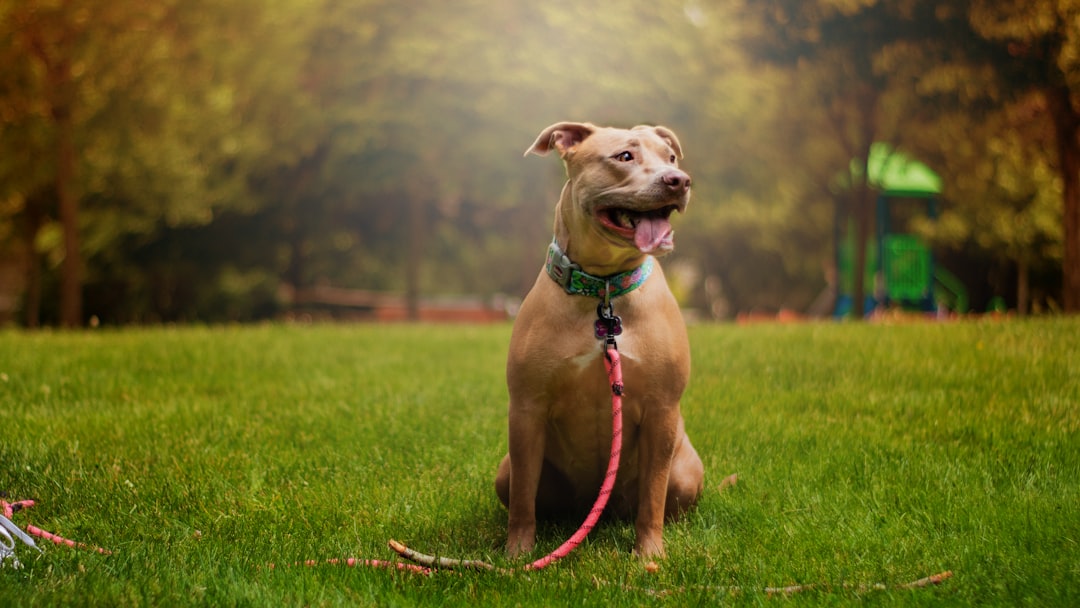Managing Leash Aggression: A Guide to Harmony in Multi-Dog Homes
Learn effective strategies for managing leash aggression in multi-dog households, including understanding the triggers, implementing positive reinforcement training, seeking professional help, and emphasizing socialization and training, with the assistance of Off Leash K9 Training of Milwaukee.
Introduction to Managing Leash Aggression in Multi-Dog Households
Leash aggression is a common issue in dogs that can be exacerbated in multi-dog households, leading to challenging situations for pet owners. It often results in conflicts among dogs, making walks and interactions stressful and potentially dangerous. This behavior can significantly disrupt the peace and harmony of a household, making it crucial for pet owners to understand and manage leash aggression effectively.
In multi-dog households, the presence of multiple dogs can intensify the challenges of managing leash aggression due to the complex dynamics and relationships among the dogs. Each dog may have different triggers and thresholds for aggression, making it essential for pet owners to approach management with patience, understanding, and the right strategies.
Understanding Leash Aggression in Dogs
Leash aggression, also known as leash reactivity, can stem from various factors, including fear, frustration, inadequate socialization, and past negative experiences. Dogs displaying leash aggression may exhibit body language cues such as stiffening, raised hackles, and intense staring, which signal their discomfort or unease. These signs are crucial for owners to recognize as they indicate a dog’s response to perceived threats or frustration while on a leash.
Understanding the common triggers for leash aggression is vital for effective management. These triggers can include encountering other dogs, unfamiliar environments, loud noises, or specific situations that evoke fear or frustration in dogs. For example, a dog who has had negative encounters with other dogs in the past may become particularly reactive when seeing other dogs during walks.
Challenges Faced in Multi-Dog Households with Leash Aggression
In multi-dog households, leash aggression can be complicated by factors such as resource guarding, territorial behavior, or competition for attention from owners. These issues can lead to exacerbated reactions and conflicts during walks or when encountering other animals. For instance, dogs may compete for the owner’s attention during walks, leading to tension and aggression among them.
Identifying the specific dynamics and relationships among dogs in a multi-dog household is critical for addressing leash aggression and fostering a peaceful coexistence. Observing how dogs interact with each other at home can provide insights into their social hierarchy and potential sources of conflict. Understanding these dynamics can help owners tailor their management strategies to the individual needs of each dog.
Managing Leash Aggression: Effective Strategies and Techniques
Implementing positive reinforcement training methods is a cornerstone of modifying leash aggression behavior. Rewarding calm and appropriate responses during potential trigger situations can encourage positive behavior changes in dogs. For example, rewarding a dog with treats for maintaining calmness when another dog passes by can help associate positive outcomes with what was previously a stressful situation.
Consistent and clear communication from owners during walks and interactions is equally important. It helps dogs understand expectations and reduces anxiety or reactivity. Additionally, providing mental and physical stimulation through interactive toys, training exercises, and regular exercise can reduce stress and prevent the triggers of leash aggression.
Importance of Seeking Professional Help for Leash Aggression
Professional dog trainers and behaviorists, like those at Off Leash K9 Training of Milwaukee, can offer personalized guidance and training plans tailored to address specific leash aggression issues in multi-dog households [customer product context]. Seeking professional help early can prevent escalation of leash aggression behaviors and improve the overall quality of life for both dogs and owners.
For instance, Off Leash K9 Training of Milwaukee specializes in addressing leash aggression in multi-dog households, offering customized solutions and support to achieve long-term behavior improvement [customer product context]. Their expertise can be invaluable in navigating the challenges of leash aggression in a multi-dog setting.
The Role of Socialization and Training in Preventing Leash Aggression
Early socialization plays a crucial role in preventing leash aggression by exposing dogs to various environments, people, and animals in a positive manner. Training dogs to respond to cues and commands effectively during walks can help redirect their focus away from triggers and prevent reactive behaviors, such as lunging or barking.
Off Leash K9 Training of Milwaukee emphasizes the importance of socialization and obedience training to build strong foundations for dogs in multi-dog households [customer product context]. Establishing these foundations early on can significantly reduce the likelihood of developing leash aggression and other behavioral issues.
Solutions Provided by Off Leash K9 Training of Milwaukee
Off Leash K9 Training of Milwaukee offers private lessons, behavior consultations, and specialized training programs designed to address leash aggression issues in multi-dog households [customer product context]. With a focus on off-leash training and personalized strategies, they aim to empower pet owners with the tools and knowledge to manage leash aggression effectively.
To explore tailored training solutions for leash aggression in multi-dog households, visit Off Leash K9 Training of Milwaukee for more information and expert assistance. Their experienced team is dedicated to helping pet owners achieve a harmonious living environment, ensuring the safety and well-being of all dogs in the household.











